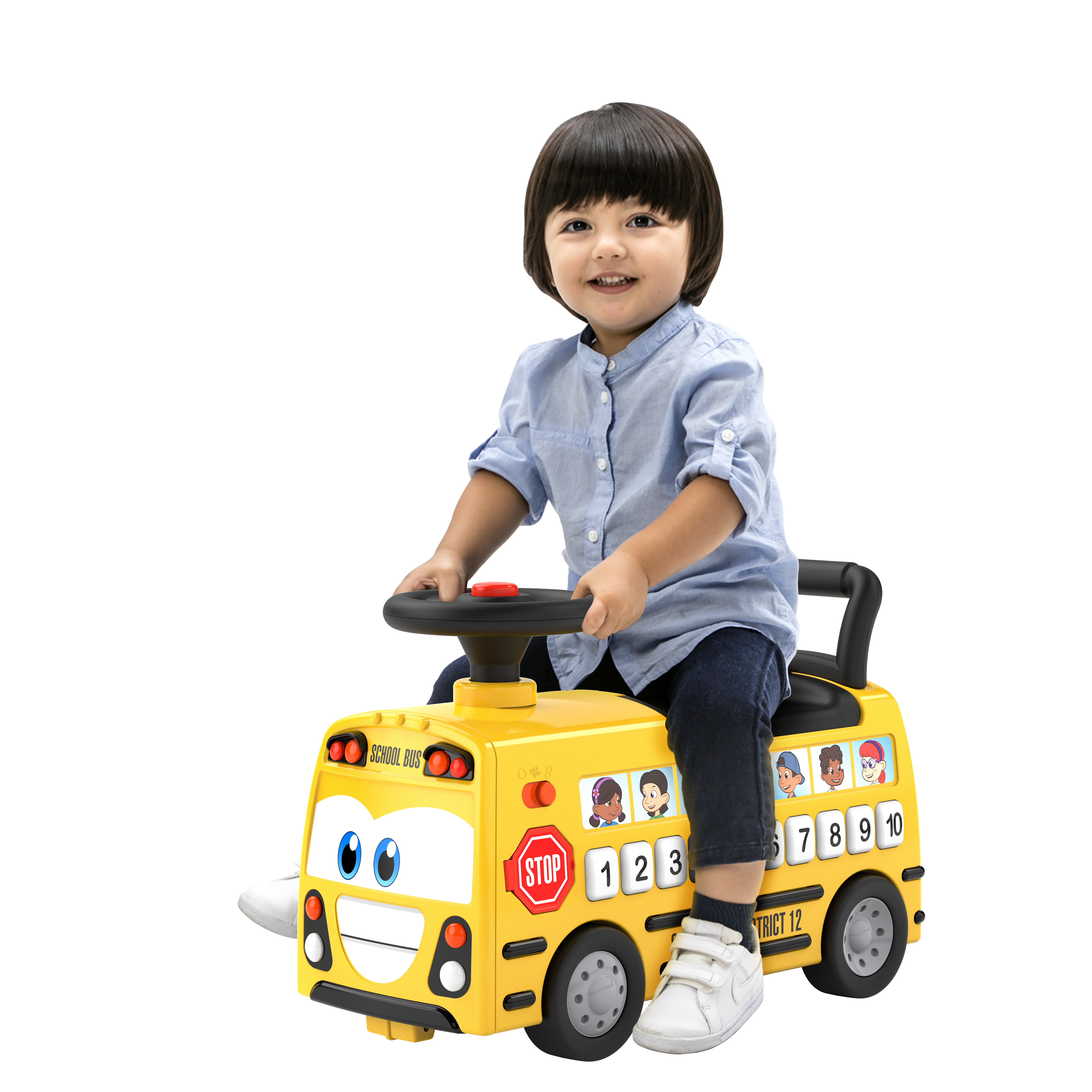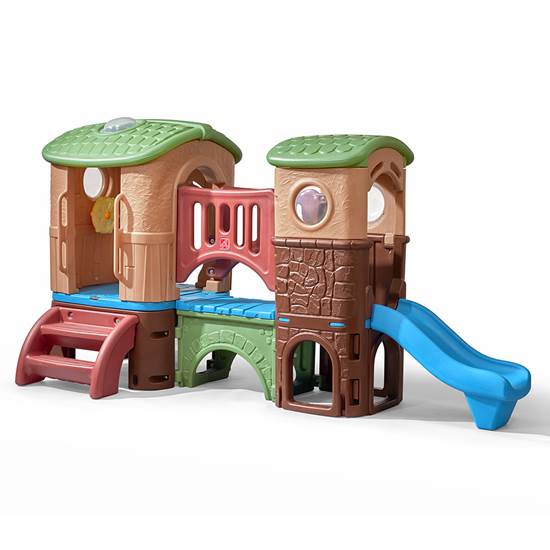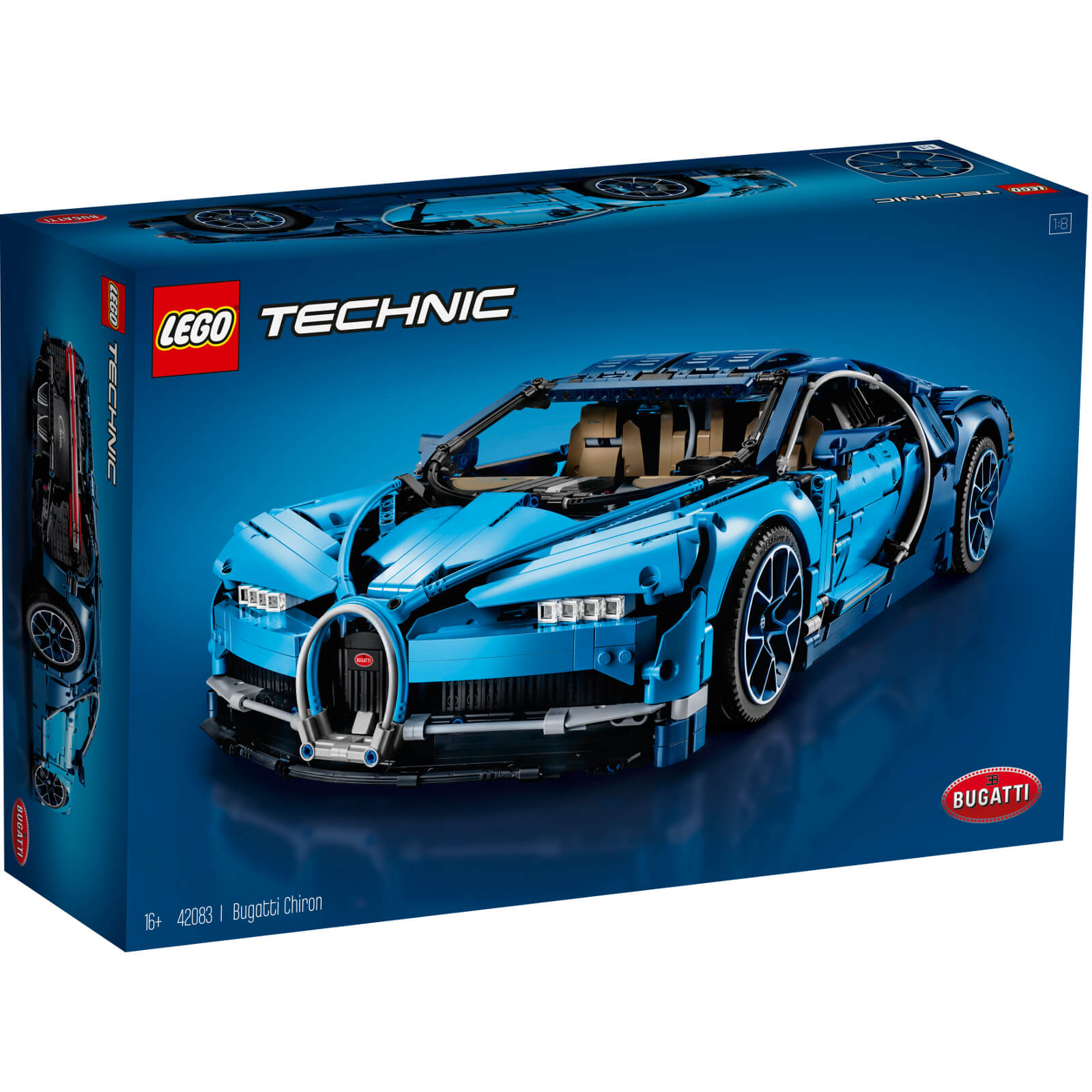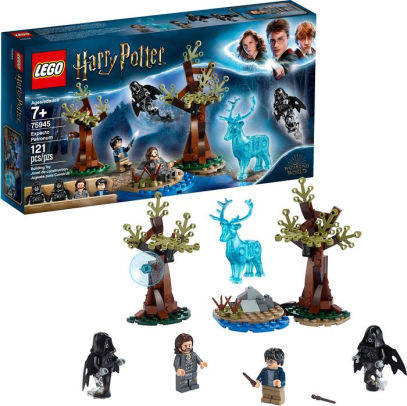Kalee Ride On Musical School Bus – 583877652
36 interactive buttons to help kids learn their ABCs and 123s. 2 different modes for learning and music, and an off switch for a quiet mode. Big underseat storage for keeping treasures safe.
Ride On Musical School Bus has 36 interactive buttons to help your child learn the ABC s and 123 s, working door, working stop sign, working horn, under seat storage, rear handle for use as a walker, 2 years and up, weight limit: 25kg-55lbs, color: yellow. Kalee’s Learn and Ride Alphabet Bus is the cutest way to get the toddler in your life exposed to letters and numbers. Aside from it’s adorable styling and realistic school bus details, the Alphabet Bus has 36 interactive buttons and 2 different modes to help teach young kids their ABCs and 123s. It also has a music mode, allowing the child to make their own music using the number buttons. Other features include a large storage area under the seat, working horn, interactive door and stop sign, and a rear handle to assist early walkers. Kid’s will fall in love with this little bus, and be ready for pre-school in no time.
- 36 interactive buttons to help kids learn their ABCs and 123s
- 2 different modes for learning and music, and an off switch for a quiet mode 🙂
- Big underseat storage for keeping treasures safe
- More play features – a horn, door, and stop sign that really work
- Rear handle to assist early walkers
Additional information
| Age Range | 2 years |
|---|---|
| Manufacturer Part Number | KL-669 |
| Assembled Product Weight | 11 lb |
| Assembled Product Dimensions (L x W x H) | 21.65 x 14.17 x 9.92 Inches |






by Greg
Bought this for our Grandson and he absolutely loves it so much!! he rode it nonstop and played the music all the time it is a great deal we love it! Great buy!!
by Christina
My 18 month old son loves his bus! He likes the buttons that he can push on sides that play songs, says the alphabet, and numbers. And also he can put other toys into the trunk. Great purchase!
by Lizzy
Good product , my daughter likes it.
by Silvana
Bought 5 only received 4 but it was a great price
by Rosemary
This thing is LOUD. And no volume adjustments. Other then that my 2 year old loves pressing the buttons and pushing herself on it. I also wish it would have the actual wheels on the bus song with lyrics instead of instrumentals but overall great toy.
by Bonnie
Purchased for my baby for Christmas. Got it on roll back for $12! Super cute toy.
by Aisha
really wonderful and worth of money.
by Megan
This toy brings such a big smile to my daughter! She loves sitting on it while I push her around.
by Barbara
Great item came fast exactly like pic my grand daughter luvs itn
by Fitz
This ride on musical school bus will definitely be a big hit for my friend’s little boy as he gets so excited every time he sees one pass by. Seems to be made well so it’ll give him many hours (days and months) of enjoyment. Highly recommend.